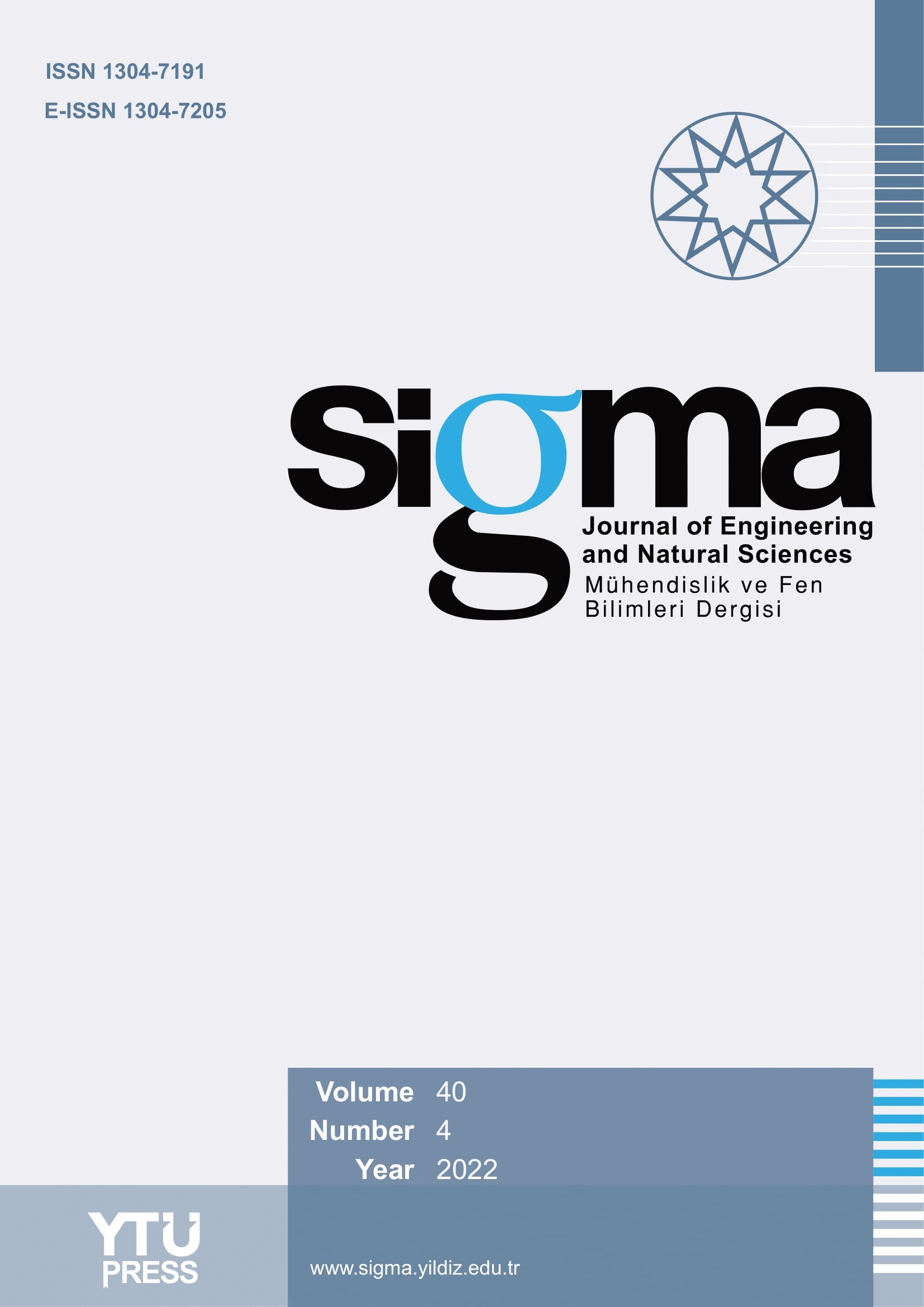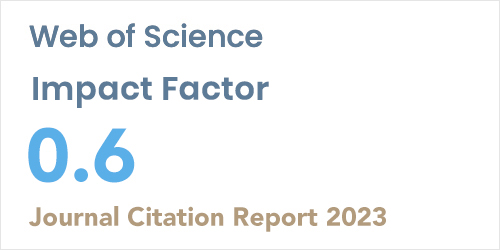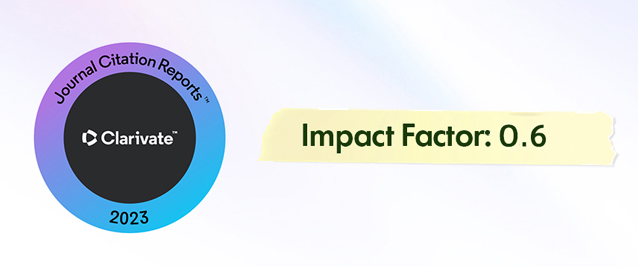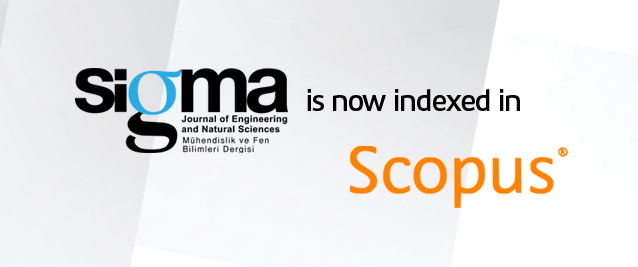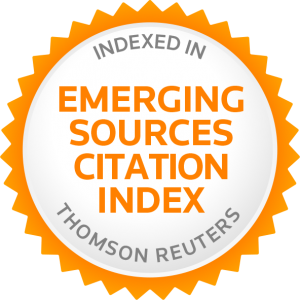2Department of Chemical Engineering, Nnamdi Azikiwe University, P. M. B. Awka, 5025, Nigeria
Abstract
Congo red dye (CR) effluent is a toxic waste of environmental concern due to its carcinogenic, mutagenic, and other associated toxicities, its artificial origin, and its complex molecular structure, which make it not easily biodegradable via normal biological wastewater purification methods. In this view, the present work focused on using the adsorption method to
completely remove CR from effluent by investigating the adsorptive qualities of acid-modified Ihiala clay (PIC) for CR removal from industrial effluent. The batch system was applied to investigate the influence of process-independent variables with regard to adsorption. The
mechanism of adsorption was investigated using intra-particle diffusion, liquid film, and the Boyd model. The thermodynamic properties ΔS, ΔH, ΔG, and Ea were determined. The application of the ANN, ANFIS, and RSM models was to predict the optimum removal efficiency of CR under different variables (temperature, pH, concentration, and contact time) using PIC. The activation resulted in an increase in surface area. Maximum CR removal of 99.3% was observed at pH 2, an adsorbent dosage of 1 g, an adsorbent particle size of 75 μm, an initial dye concentration of 100 mg/l, a contact time of 120 min, and a temperature of 303 k. A maximum
adsorption capacity of 127.24 mg/g was obtained. The adsorption mechanism result indicated that the liquid film diffusion process was the rate-limiting step. Thermodynamic results suggested the adsorption process to be endothermic, favorable, spontaneous, and physical. The ANFIS model, with a coefficient of determination of 99.6%, was statistically more significant
than the ANN and RSM models. A maximum desorption capacity of 97.5% was achieved after five cycles. Based on the results, PIC is a very reliable and cost-effective alternative adsorbent for CR removal from effluents.


